9 Mistakes That a Busy Cook Makes
Here's how to recover from—or just plain avoid—the classic kitchen gaffes that often happen in our race to get dinner on the table.
By Lynn Andriani
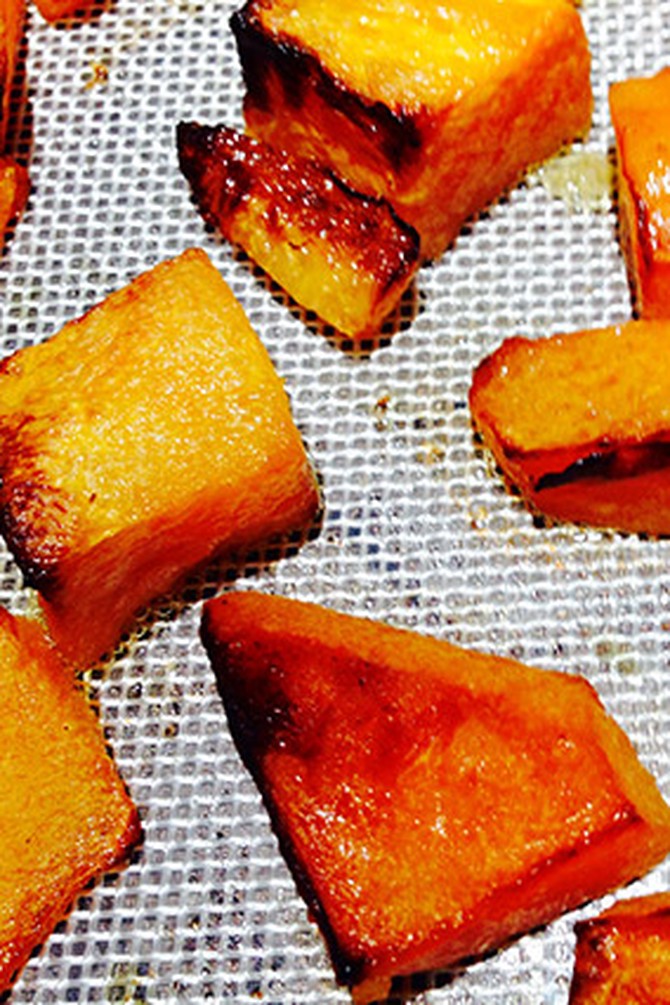
Photo: Lynn Andriani
Cranking Up the Heat to Roast (er, Burn) Vegetables Quickly
You know that roasting is one of the easiest and tastiest ways to cook potatoes, squash, brussels sprouts, cauliflower and other cold-weather vegetables—but turning the oven temperature to 475° in an attempt to soften them in 30 minutes or less is probably just going to give you charred outsides and undercooked insides. Instead, try this trick from Michelle N. Warner, education director at Brooklyn Kitchen, which has two New York City locations. She roasts vegetables on a silicone baking mat, like the one you would typically use when baking cookies (such as a Silpat). "They're great conductors of heat," Warner says, "and they'll help vegetables caramelize quickly." Cut the food into 1/2 to 3/4-inch pieces, toss into a bowl with olive oil and lay on a baking sheet lined with a mat. Cook at 375°, and in less than half an hour you'll have tender vegetables with caramelized edges.
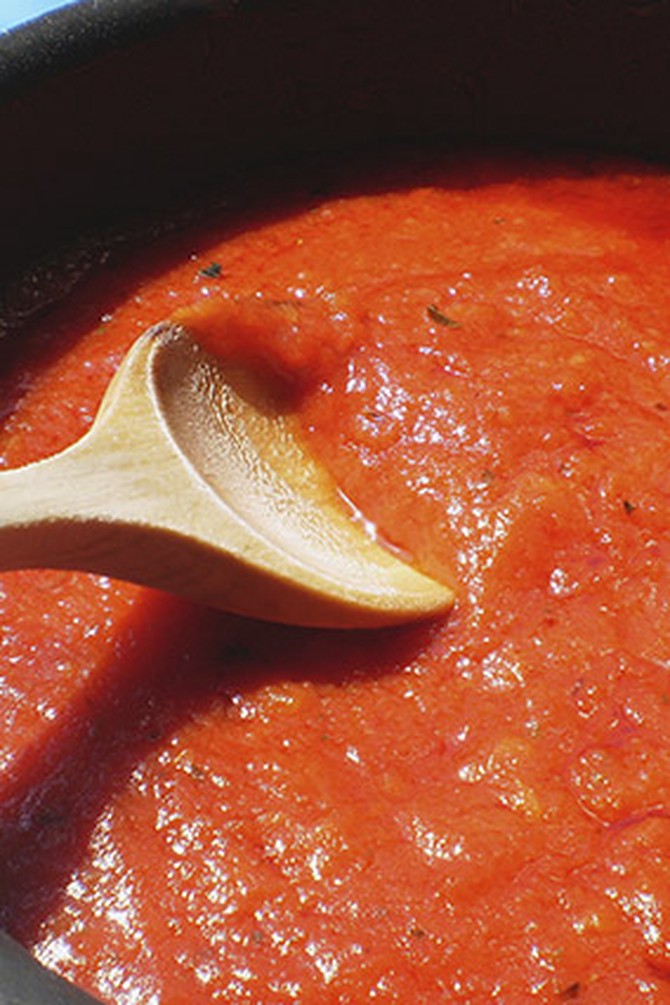
Photo: Thinkstock
Cooking Tomato Sauce Before Putting It on Pizza
If you're making a quick pizza using store-bought dough, there's no need to wait for the sauce to cook before you spread it on the crust, says Warner, who learned this tip from the experts at the famed Brooklyn pizzeria Roberta's. Simply pour a can of whole, peeled tomatoes, 3 tablespoons of olive oil and 2 cloves of garlic into a blender (a Vitamix is ideal, since its high speed helps emulsify the oil and the water from the tomatoes; but an immersion blender will do the job, too). In a minute or two, you'll have instant pizza sauce, ready to be spread on crust, sprinkled with cheese and baked.
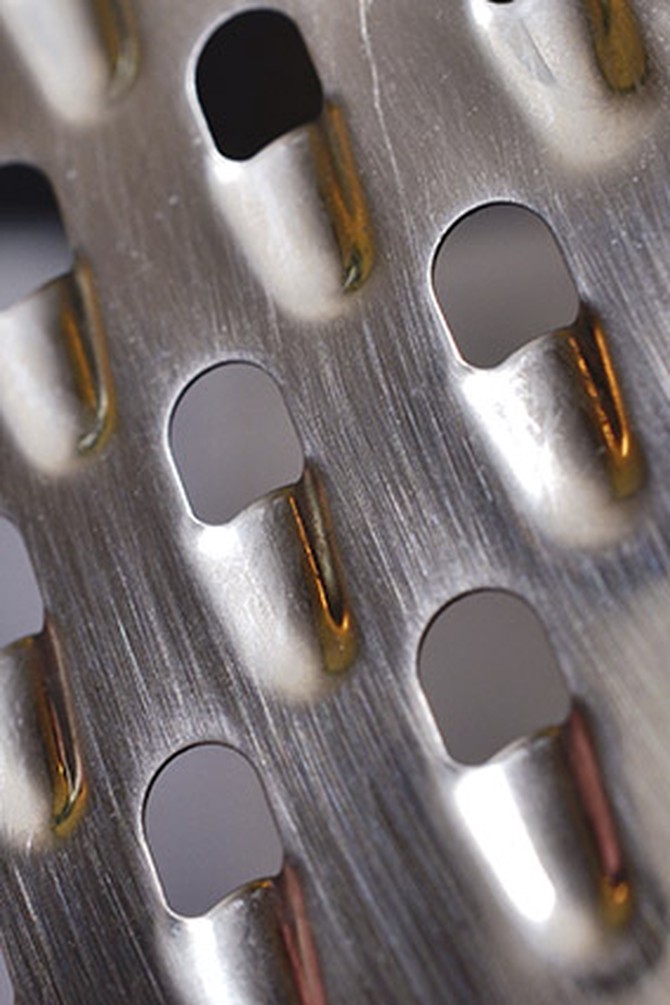
Photo: Thinkstock
Freaking Out Over the Biscuit Butter
Whether you're making drop biscuits (one of the easiest baked goods known to man) or mixing a batter to cover a chicken pot pie, you're going to have to cut the butter into the flour—which can involve scrambling to find a pastry cutter (and trying to remember if you even own one) or dealing with the awkward task of using two knives to chop the butter while it's nestled in a bowl full of flour. Next time, reach for your cheese grater, set it over the bowl of dry ingredients and grate the butter right into the bowl. It's fast, easy, effective—and does not involve you muttering that this is the last time you're making biscuits on a weeknight.
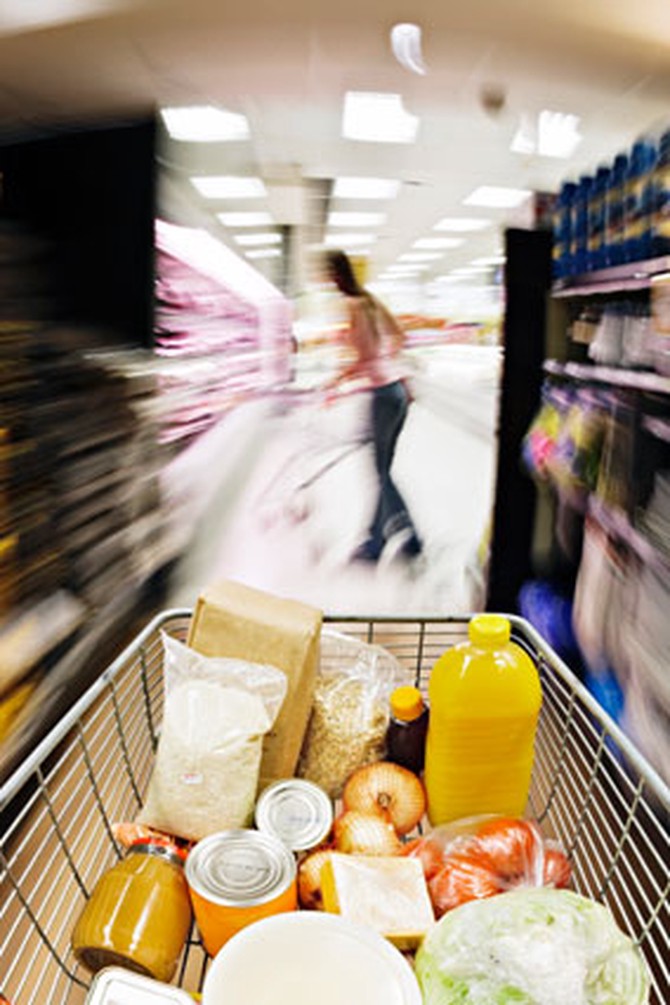
Photo: Thinkstock
Accidentally Buying the Wrong Ingredient at the Supermarket
Your shopping cart swerves into the condiments aisle, you grab what you think is hoisin sauce, and then you get home to find you've bought Asian plum sauce. Or you sprint through the meat department and pick up turkey thighs instead of chicken. While you may be able to make do with your alternate (e.g., interchangeable poultry parts), sometimes it won't be such an easy swap. That's where helpful sites like the Cook's Thesaurus and Chowhound come in. The former is a cooking encyclopedia of sorts that covers thousands of ingredients and will tell you, for instance, that you can make hoisin by mixing soy sauce, plum sauce, flour, spices and honey. And Chowhound's massive pool of members can tell you what to do with those turkey thighs—and if they'll work in tikka masala or not.
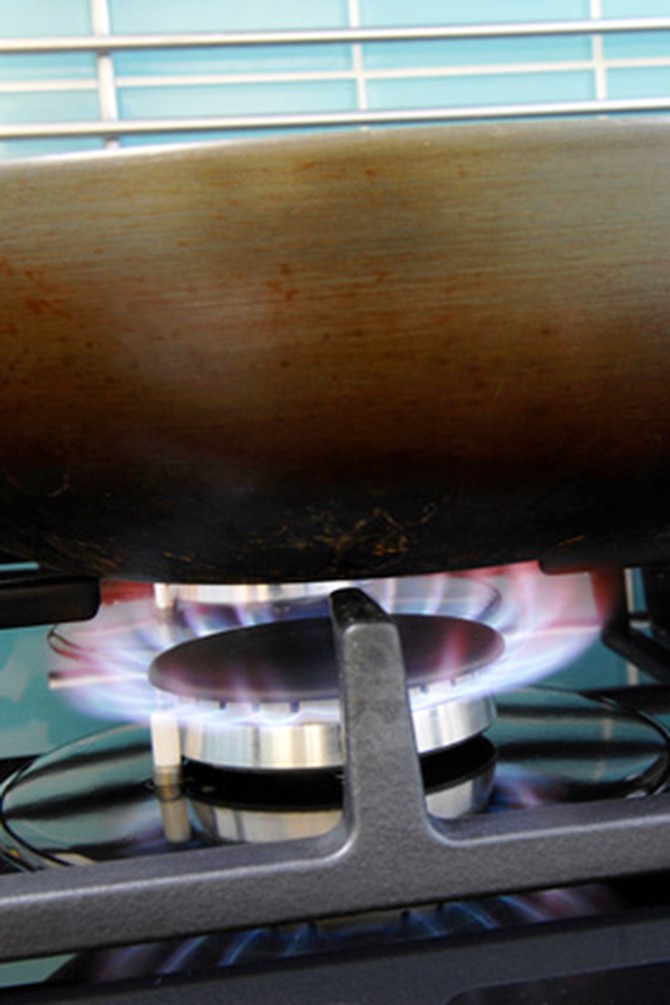
Photo: Thinkstock
Preheating Your Pan at a High Heat
You probably know how long it takes your oven to heat up, but many of us overlook the amount of time it can take a pan on the stove to get hot enough to, say, sear a steak. The rushing cook's strategy is usually to turn the burner on high, place a cast-iron pan on top and hope that within a minute or two it'll be ready for the meat. But Brooklyn Kitchen’s Warner says a flaming blast for two minutes will just heat the center of the pan. Carrie Bradley, who oversees classes at the Chopping Block in Chicago, agrees and notes that heating a pan abruptly can damage it. Instead, put the pan over a low to medium flame as soon as you get in the kitchen so it can warm up while you prep your ingredients (and Warner says cast-iron pans are sturdy enough that you can even wait 20 minutes before adding ingredients).
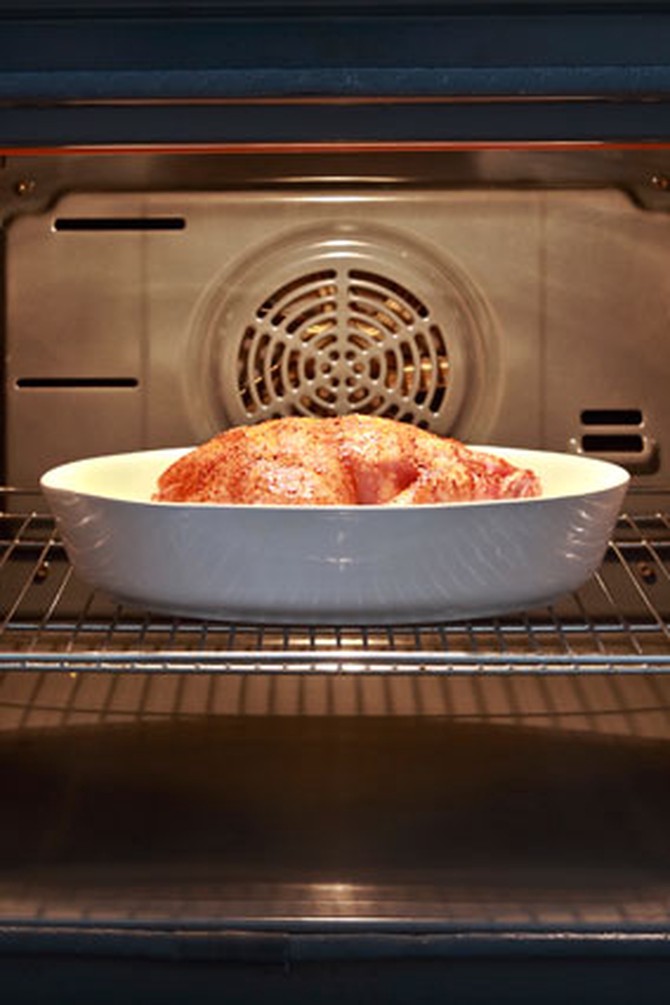
Photo: Thinkstock
Opening the Oven Door to See If It's Done Yet
We've all heard that a quick look in drops the temperature, but Warner points out just how damaging such a move can be to a time-pressed cook: Every time you pull that door down, you're lowering the oven temperature by at least 25 degrees, and it can take five or even 10 minutes to return to the initial level. That translates to up to 20 extra minutes for a roast chicken if you open the oven just twice during the cooking. Warner has two solutions for curious cooks: First, keep the window clean so you can observe the color of whatever you're cooking from outside. Second, get a probe thermometer, such as the CDN Dual Sensing Probe Thermometer and Timer ($30), in which one end of a cable holds the actual thermometer, and the other end (which you keep out of the oven) has a display with the temperature. Some even have meat selector settings so you can tell, for instance, when beef is medium rare.
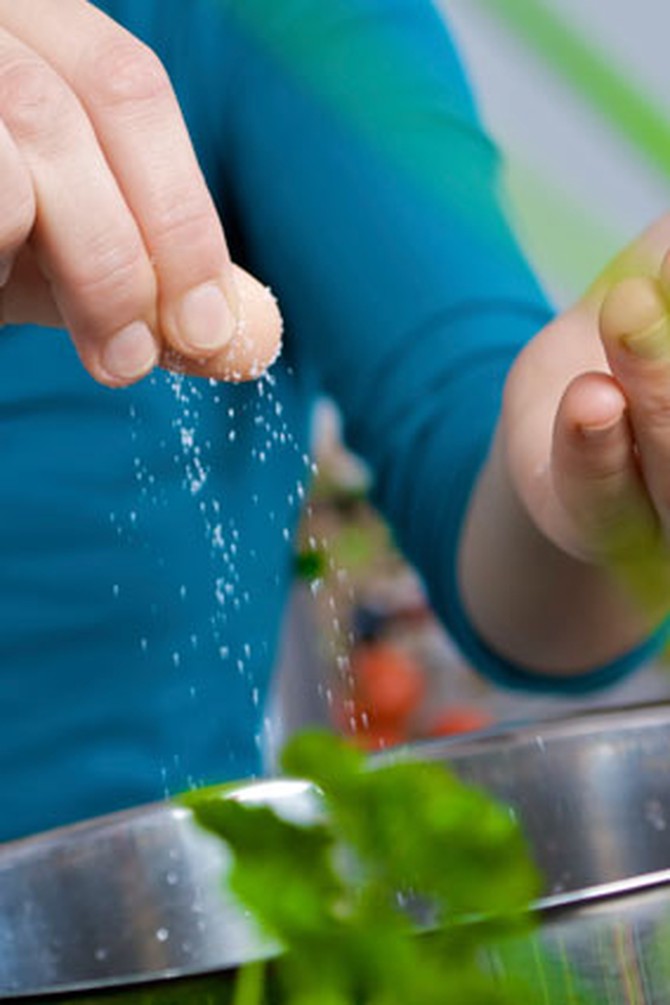
Photo: Thinkstock
Only Adding Salt at the End of Cooking
The final sentence in most recipes is "season with salt and pepper to taste"—which is good advice but leaves out a crucial aspect of cooking that both Bradley and Warner see people forget all the time: seasoning throughout. Each time you add new ingredients to whatever you're making, you should add a pinch of salt. By the time the dish is complete, you'll have used about the same amount of salt as you would have if you'd waited until you were finished cooking, and by seasoning as you go, each ingredient will more fully develop its flavor. (The exceptions are if you're cooking with naturally salty ingredients such as bacon or capers.) Bradley likes Maldon sea salt, since, she says, it brings out food's true taste, and you can use a little less of it than you would of other varieties.
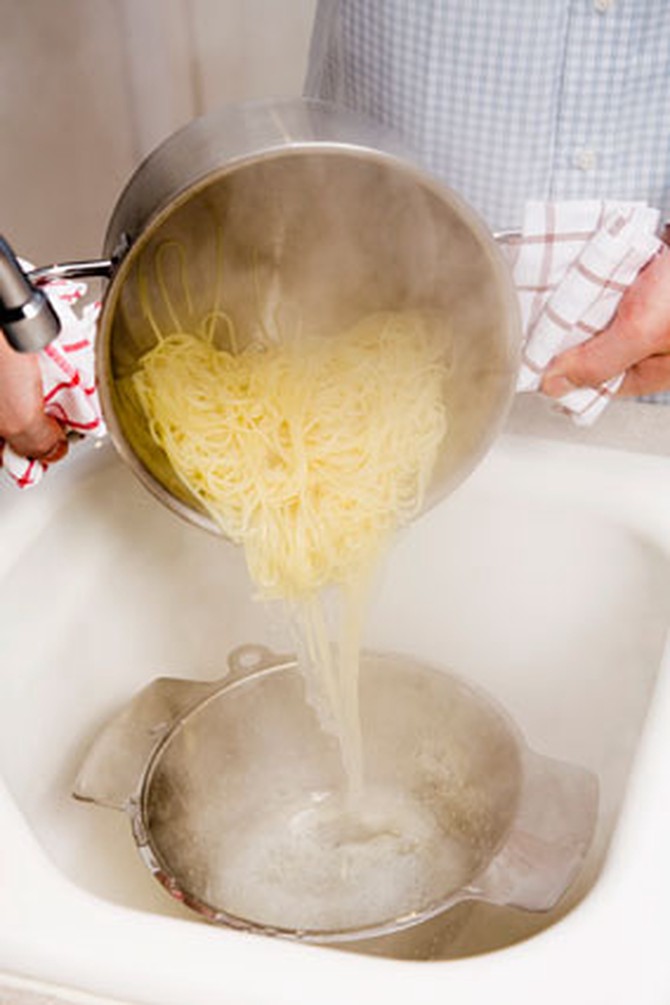
Photo: Thinkstock
Throwing Out the Pasta Cooking Water
It has become increasingly popular for recipes to suggest reserving some of the starchy cooking water from pasta and using it in a sauce, but if your recipe doesn't tell you to do it, or you're cooking without a recipe, you might just dump the entire pot of water into the sink when the pasta's done, letting that valuable liquid go down the drain. Before you carry the pot over to the sink, carefully dip a liquid measuring cup (preferably a glass one that can withstand high heat) into the pot and scoop up two cups of the water. Then, once you've drained and sauced your pasta, add a touch of the cooking water. The starch in the water will help the sauce adhere to the pasta. If the sauce (e.g., pesto or carbonara) isn't loose enough and seems to be making the pasta clump, a bit more water (say, a quarter cup) will thin it out.
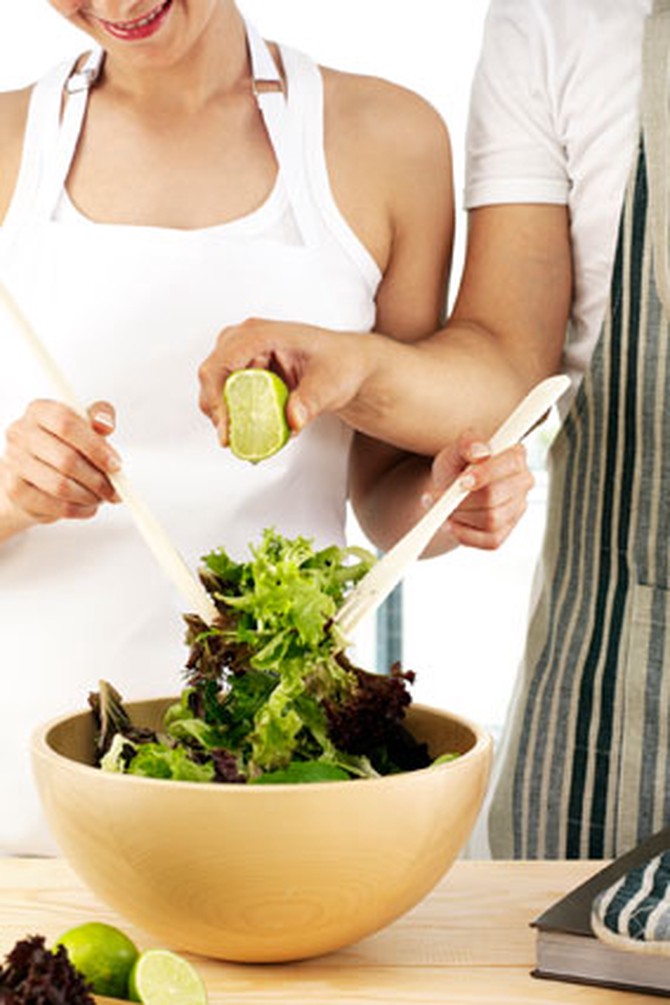
Photo: Thinkstock
Forgetting the Finishing Burst of Flavor
Warner says that just as salt unlocks flavors, so do acids—but many of the students at her school breeze right by the lemons and vinegar when they're finished cooking. The thing to remember is that adding a small amount of one of these ingredients, say apple cider vinegar, won't make the dish taste puckery. Instead, it will help bring all the flavors into balance. Some examples: a squirt of lemon juice on sautéed broccoli, a tablespoon of red wine vinegar in a pot of chili, a few drops of lime juice over enchiladas, or a drizzle of balsamic vinegar over roasted vegetables.
Keep Reading
New ways to spice up your everyday dinner
Keep Reading
New ways to spice up your everyday dinner
Published 02/28/2014

